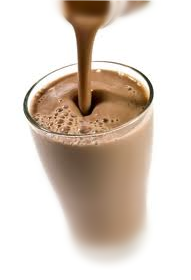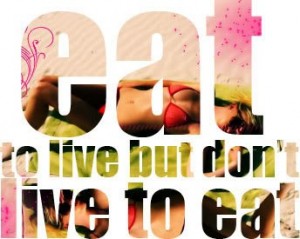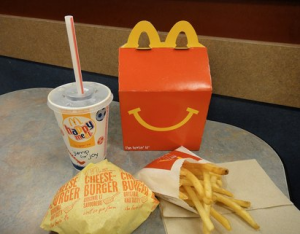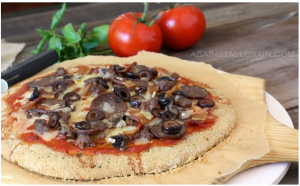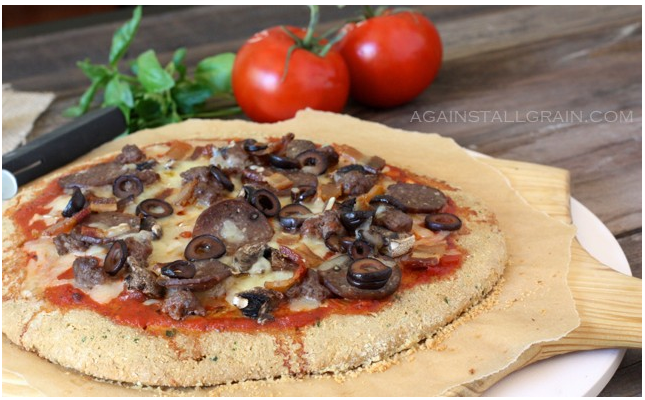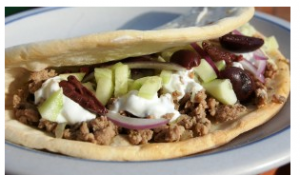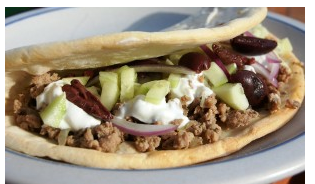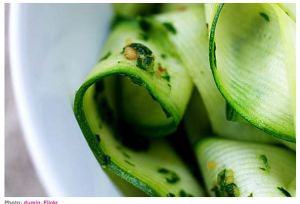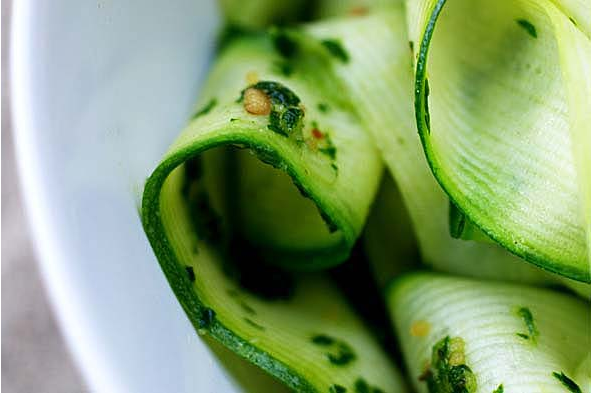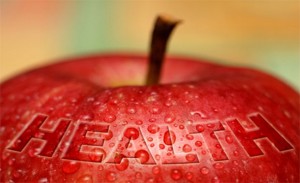It’s our motto around here, but what does it mean?
Well, to start it addresses the power of food, and its incredible effect on our ability to heal the damage most of us are facing due to the popular American diet we’ve all grown accustomed to. Who hasn’t stopped in for a quick bite at a local fast food joint when you just didn’t have the time to cook dinner after a long day of work, knowing you’re coming home to face a gaggle of hungry faces clamoring for dinner?
I know I did, and I know all too well that I’m not alone on this one. And while I only ate out in moderation, many of you probably find yourself at the drive thru more often than you would care to admit. And if you’re dealing with food sensitivities, or suspect you might be, and are eating out, you might be aggravating your allergies with cross contaminated foods and highly GM foods and oils often used in restaurants and fast food joints. I’m a big fan of the experience of eating out. I love spending time out with friends and family, enjoying a tasty meal that I didn’t have to prepare, or worrying about cleaning afterwards. The social aspect of being out appeals to me, and I appreciate it every time.
But I also recognize that it’s hard to find a restaurant with a social conscience. That is to say, that they’re using meats farmed from socially responsible farmers, locally raised produce free of pesticides and Genetically Modified Organisms. In fact, I’m willing to bet that every time you eat out, you’re consuming a vast amount of GM soy, corn or wheat. And we know that these foods are slowly poisoning us.
So it’s time to ask yourself – am I happy? Do I feel like crap more often than not? Am I overweight? Am I avoiding my annual checkup because I dread the results of the blood tests? Does the blood pressure machine at your local drug store call to you but you run and hide like a child playing hide and seek?
I can tell you that if you answered yes to any of those questions, you’re in very good and well numbered company. The fact is, most Americans would answer yes to those questions. So now that you’ve brought your state of health to mind, let’s see what we can do to improve it!
Whether you’re just embarking on a journey to understand what this movement with our food supply means, or if you’re well invested in the cause already, you most likely have had that “Ah Ha” moment that made you stop and wonder whether it’s possible for food to actually heal, or hurt us. Sadly, the answer is simple. Yes, the foods we eat can either help us heal, or harm our ability to live a happy healthy life.
And to be clear, I don’t think food in its natural state causes us harm. It’s the way we’ve changed our food to handle mass consumption and appeal to the Fat and Happy mainstream that has caused us harm. We have modified our food supplies to create ‘food’ that lacks all aspects of nutrition, and are instead made up of genetically modified sources so that we can enjoy brightly colored cereal with a glass of hormone-laden cow’s milk before sending our kids off to school. And that brightly colored cereal which is rich in sugar, food colorings, processed and genetically modified wheat or corn, causes a sugar spike that will give your child a sugar rush bigger than any that even an adult’s body should/could handle, and then a devastating crash that leaves them unable to concentrate and in need of some other sugary drink to retain a balance.
If this sounds like your typical breakfast, don’t worry because you’re not alone. And if you’re here, you’re probably realizing that this typical American breakfast might not be the best choice for you or your child. This is where the idea of food healing us comes in.
Food in its natural, real state is powerful. It was designed to provide naturally occurring vitamins, minerals and nutrients that our bodies need for fuel. Food in its natural state fuels our bodies, mind and soul. Real and powerful food can reverse toxic damage caused by the dangerous processed foods that are so readily available today. It can help you to lose weight, reverse auto immune conditions, prevent dangerously high levels of blood pressure, sugar and cholesterol. I know, because I’ve experienced it first hand.
Processed food caused me devastating health issues, and real/whole foods helped save me. It’s that simple. Eat real food, heal your body, and thrive.
Has food changed your life? Share your stories below so others can be inspired by the power of food, and its ability to heal!
